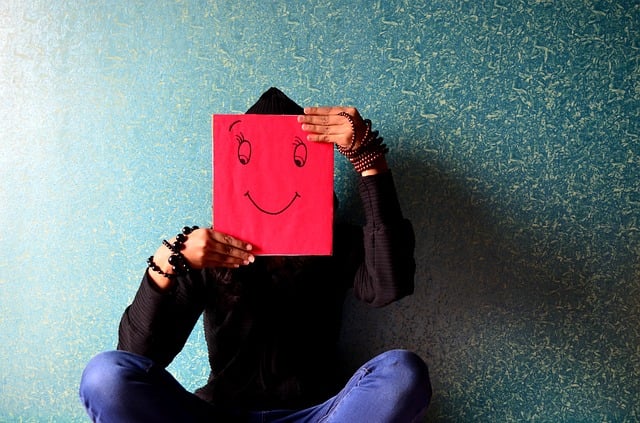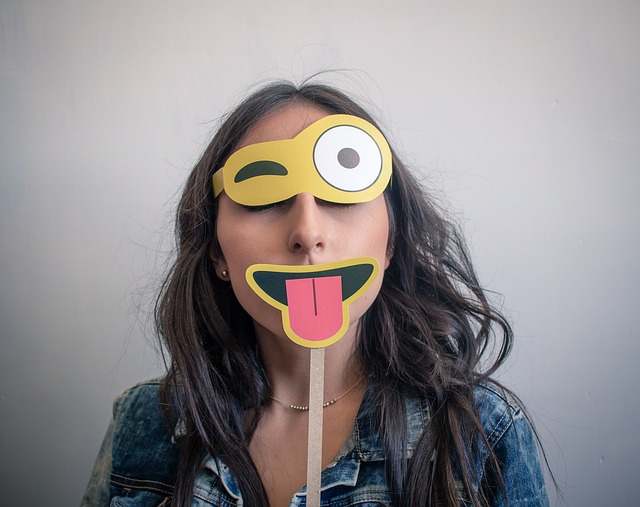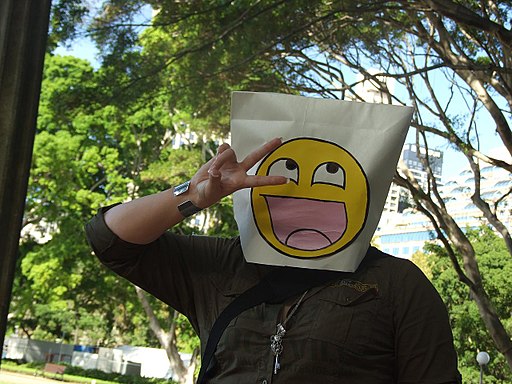The Essence of Language: Getting a Grasp on Gestures
Gestures are the earliest feature of communication to develop. We use them daily: hand waving, head shaking and even walking away. They are an essential part of language. Gestures direct, explain and dismiss. They are about expressing ourselves through movement, silence and maybe the slightest twitch of the eyebrow. Although gestures are arguably unique to cultures, some languages only make sense with them. Some gestures can be just as much part of a dialogue, while others only use them with discretion. Even, perhaps, as you’re reading this right now you could be shaking your head, squinting your eyes, frowning or smiling about the fact that we just caught you in the act. Regardless of your what your face says right now, read on to learn about gestures and the role they play in language.

Photo via Pixabay
Capisce?
We had two Italian students staying with us recently. Two teenage girls, friends for years and as close as good friends can be. We were delighted with their friendship and the fun they brought to our home. Mostly they spoke in English, but when trying to explain a word or find the right one, they worked it out in their native tongue. Both of their voices was full of cadence and it was lovely to listen to, but what I enjoyed the most were their gestures and observing how they talked to each other in Italian.
Hands would be flying everywhere, beautifully choreographed with what they were saying, pulling the listener in when explaining something or pushing them away when they disagreed. Though I know very little Italian, short of what I learned from watching Goodfellas and listening to Dean Martin, I could almost understand what was being said, laughing at their jokes and joining in with their word deductions. Their gestures were explaining it all to me; the thumb against the closed four fingers of ‘perfect’, the dismissive hand wave, the head going back in disbelief, the wide-armed ‘exactly’. Some sentences included the full gamut in a matter of seconds. Sometimes watching is as important as listening to the spoken word especially in Italian.

Photo via Pixabay
Smiley face
Sign language is all gestures, some as subtle as a Jane Austen metaphor, but every one as important as words are to speech. I know very little Sign, but I wondered, are there any extra elements to a Sign sentence, such as the slight delay for emphasis or the annoying raised diphthong? When I watch people communicating via Sign, I’m always in wonder at the beauty of it and how much is exchanged so quickly.
I would be in favour of teaching Sign in schools, not just for communicating with those with hearing difficulties but also to awaken our brains to using gestures more often, to see another side to language which may have gone dormant. Emojis and other text gestures are a crude version of Sign for screens, which help put emotion and understanding into the shallow words we use when texting and messaging today. It’s ironic that with all our advancements in technology, we still need to go back to our earliest form of communication to make ourselves understood properly.

Photo via Wikimedia
What lies beneath?
Why do some people use more gestures than others? Am I right in saying that an Italian will gesture every second word, while a northern European may only do so occasionally? Is it something to do with the reserve of the Saxons as against the passion of the Latin countries? The Italians and the Spanish love to talk over their food, while the Saxons see quiet when eating. All that talking while eating must add to the language, encouraging the use of gestures to continue the conversation when the mouth is full of delicious pasta or paella.
Needless to say, regardless of whether gestures are necessary to grasp a full message or their presence is only complementary, they are as old as mankind and will always be with us.
